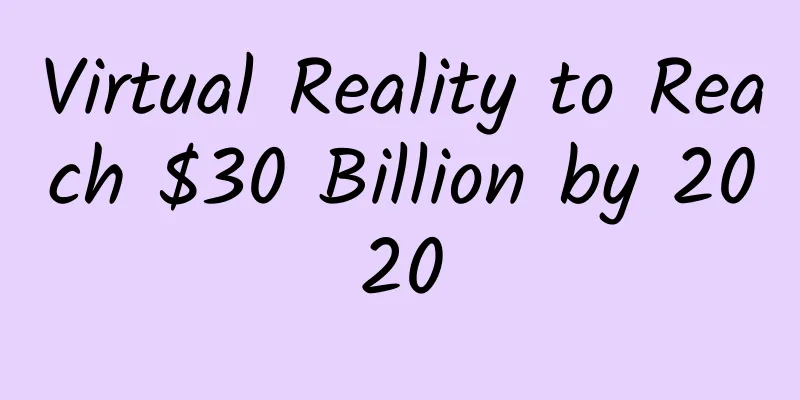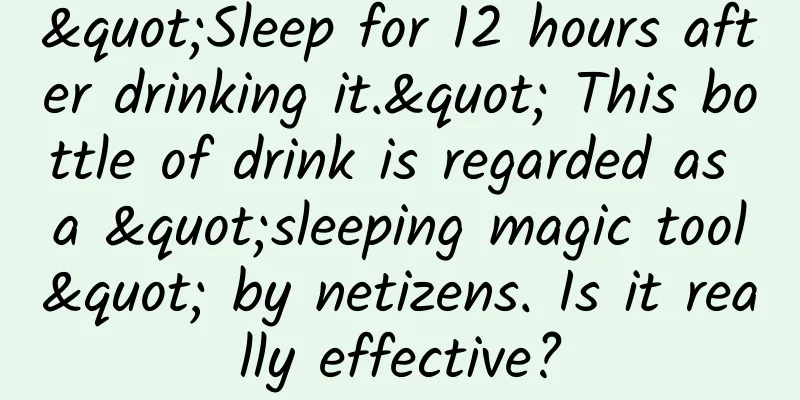Why does iced cola taste better when eating hot pot?

|
In the cold winter, nothing can warm people up better than a hot pot. Friends sit around and chat while dipping ingredients in the hot soup. The salty, spicy and fragrant taste blooms on the tip of your tongue. Image source: Photo Network If you have a sip of iced cola, the perfect partner for hot pot, it will immediately bring a refreshing feeling and instantly dissolve the greasiness in your mouth. Image source: Photo Network At this point, do you have this question: Why does iced cola feel less sweet and more refreshing and delicious? The so-called "less sweet" does not actually mean that the sugar content of iced cola has decreased, but that our perception of sweetness has changed. 01 Sweet taste perception mechanism The core of the sweet taste perception mechanism is the match between taste cells and sugar molecules. There are many matching ports in the structures of taste cell sensors and sugar molecules - that is, the ligands on the taste cell sensors and the functional groups on the sugar molecules. When the two recognize each other and complete the pairing, we will feel sweetness. The structure of taste cells and sugar molecules Image source: Zhihu user There are many sensors on taste cells and ports on sugar molecules, and the two match in various forms , which explains why "sugar" has different sweetness and taste. For example, the sweetness of sucralose can reach hundreds of times that of sucrose; for another example, sucrose is mellow, xylitol is refreshing, and stevioside has a distinct aftertaste. Different sugars have different tastes. 02 Temperature affects sweetness perception You may have had this experience in life: hot coffee with sugar tastes less sweet after it cools down, while melted ice cream tastes sweeter... This is because the change in temperature changes the structure of taste cells and sugar molecules , which in turn affects the recognition of sweetness. Image source: Photo Network The essence of taste cells is a protein with a flexible structure, which will unfold and aggregate in different structures at different temperatures. Therefore, under the influence of temperature, some of the ports that can match the sugar molecules may not match, or be slightly misplaced, which will cause some changes in the sweetness or taste of the sugar. This gives us the intuitive feeling that iced cola is not that sweet. Temperature can also change the structure of some sugar molecules. Take fructose as an example: when the temperature drops, fructose will gradually change from a five-membered ring structure to a six-membered ring structure, making it recognized by taste cells as a sweeter substance. Therefore, watermelon, grapes and other fruits will feel sweeter and more delicious after being stored in the refrigerator, because the proportion of six-membered fructose increases when the temperature drops. Image source: Photo Network 03 Other factors that affect sweetness perception In addition to temperature, what other factors may cause people to have different perceptions of sweetness? (1) The influence of other basic tastes on sweetness Bitterness and sourness can inhibit sweetness to a certain extent. Bitterness warns people of the presence of potentially harmful substances, triggering the cerebral cortex to inhibit the desire to consume sweet substances, while enhancing bitter signals in the brainstem to inhibit the perception of sweetness. Sourness can lower the pH value of food, and the lower the pH value of food, the more obvious the inhibitory effect on sweetness. Image source: Photo Network Saltiness and sweetness complement each other. Saltiness can interfere with the brain's ability to receive sweetness signals, making the sweetness more intense. Adding salt in moderation can enhance sweetness, but adding too much may cause the food to become too salty and affect the taste. Spiciness can reduce the perception of sweetness. Studies have shown that capsaicin has a certain inhibitory effect on the sweetness induced by sucrose, and the inhibitory effect disappears as the capsaicin stimulation disappears, while the sweetness induced by sucrose can reduce the intensity of the spiciness perception caused by capsaicin. (So milk tea and spicy hot pot are also a good match!) Image source: Photo Network (2) Effects of age and gender on sweetness Age and gender also affect taste acuity and taste preferences. Studies have shown that as we age, our sensitivity to sweet taste decreases , so children tend to prefer sweeter foods than adults. On the other hand, women's taste perception is significantly stronger than men's. Image source: Photo Network (3) Synergistic effects between sweeteners Sweeteners can also produce synergistic effects. Studies have shown that acesulfame potassium and asparagus polysaccharide have obvious positive synergistic effects , and the sweetness gain can reach more than 30%. The combination of acesulfame potassium and cyclamate will produce negative synergistic effects , resulting in a decrease in sweetness, but an improvement in sweet flavor. (4) Effect of shape on sweetness perception When you see a yellow round card, what food do you think of? Perhaps you will easily think of sweet food such as cakes and cookies. Image source: Photo Network So, will people feel that food is sweeter just by seeing a circle? The results of the study showed that when people see non-circular shapes, they need to taste a 3.9% sucrose solution to taste sweetness; but after seeing circular and oval images, they only need to taste a 3.1% sucrose solution to taste sweetness. In other words: after seeing circles and ovals, people are more sensitive to sweetness and further feel that food is sweeter. References [1] Sun Yuxuan, Wang Shiyu, Chen Rui, et al. Research progress on the transduction mechanism of sweet taste signal and its influencing factors [J/OL]. Food Science: 1-16. [2] Hu Jiajie, Kang Zhengxiong, Li Hongliang. Research progress on sweet taste perception and its influencing factors[J]. Beverage Industry, 2017, 20(01): 57-60. [3]Simons CT, O'Mahony M, Carstens E. Taste suppression following lingual capsaicin pre-treatment in humans. Chem Senses. 2002,27(4):353-365. [4]Pei L, Soumyajit R, Meng-Ling C, et al. Visual influence of shapes and semantic familiarity on human sweet sensitivity. Behavioral Brain Research. 2013,253:42-47. Author: Wang Zhengyuan, deputy chief physician of Shanghai Center for Disease Control and Prevention, PhD in Nutrition Editor: rain |
>>: By the end of 2023, we will have met 4 new “friends” outside the Milky Way!
Recommend
How to migrate the Dreamweaver CMS database to EasyCMS, data lossless migration service
Can DeDecms (Dreamweaver) CMS content data be tra...
Can pull a 6-kilometer-long train! China's hydrogen-powered train debuts for the first time, why is it so powerful?
Author Li Chuanfu With the transformation of the ...
In-depth analysis of Android dynamic management fragment: "Do you know these components?"
1. The relationship between Fragment and Activity...
Case analysis: How does Juewei Duck Neck do social marketing?
If you like to eat duck necks and braised food, y...
4 kinds of mutant strains, how can your vaccine adapt to the ever-changing situation? How to coexist with the virus in the new crown?
In recent days, new cases have appeared in Xiamen...
Baidu Map Marketing allows customers to find you at a glance!
Baidu map marketing uses Baidu maps as a display ...
Battery strategy error, Watma's financial crisis caused shutdown
On June 28, Shenzhen Watma Battery Co., Ltd. issu...
Let’s talk about the exchange of volume in App promotion
Generally speaking, resources for exchanging traf...
How much does it cost to develop a hotel mini program in Hefei? What is the price quote for developing a hotel mini program in Hefei?
WeChat Mini Program is an application that users ...
Don't be afraid of the captain's love class, seven sections lead to the road to love freedom
Don't be afraid of the captain's love cla...
Useful information + cases | In-depth analysis, how to punch in and sign in effectively?
What I want to share today is “punching in and si...
These 4 breakfast combinations are not recommended for you to eat every day! Milk and eggs are on the list?
The pace of life is getting faster and faster, an...
Tencent experts share their experience...What is the difference between operating a billion-level product and a product manager?
Early stage of operation : quickly familiarize yo...



![Mingjun [Exchange Meeting] K-line thinking - the way of game](/upload/images/67cbfdf809ff6.webp)





